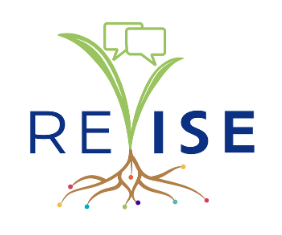July 24th, 2014 | RESEARCH
The National Science Education Standards [National Research Council (1996) National science education standards. Washington, DC: National Academy Press] recommend that students understand the apparent patterns of motion of the sun, moon and stars by the end of early elementary school. However, little information exists on students’ ability to learn these concepts. This study examines the change in students’ understanding of apparent celestial motion after attending a planetarium program using kinesthetic learning techniques. Pre- and post-interviews were conducted with participants from seven classes of first and second grade students (N¼63). Students showed significant improvement in knowledge of all areas of apparent celestial motion covered by the planetarium program. This suggests that students in early elementary school are capable of learning the accurate description of apparent celestial motion. The results also demonstrate the value of both kinesthetic learning techniques and the rich visual environment of the planetarium for improved understanding of celestial motion.
Document
(no document provided)
Team Members
Pennsylvania State University, ContributorJulia Plummer, Author, Pennsylvania State University
Citation
Publication: Journal of Research in Science Teaching
Volume: 46
Page(s): 192-209
Related URLs
Tags
Audience: Educators | Teachers | Elementary School Children (6-10) | Evaluators | Museum | ISE Professionals
Discipline: Education and learning science | Space science
Resource Type: Peer-reviewed article | Research Products
Environment Type: Informal | Formal Connections | K-12 Programs | Media and Technology | Planetarium and Science on a Sphere
